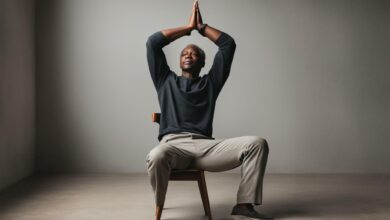Health News
19 seconds ago
Salma Hayek’s No. 1 skin-care trick hinges on an unexpected ingredient — get it on sale for just $15
Salma Hayek might be 57 (yes, seriously), but she looks ageless. According to the superstar, her youthful glow is au naturale. “I have no Botox, no peels, no fillers,” the actress told Elle. But that doesn’t mean…
Health News
12 hours ago
These lightweight knives are designed to reduce hand fatigue — a 15-piece set is just $44 (that’s 45% off)
When you’re chopping veggies and proteins, having the right knives can make all the difference between enjoying meal prep and absolutely dreading it. Some knives are really heavy, which can make slicing and dicing feel tiresome after…
Health News
1 day ago
Does being a parent make you feel lonely and burned out? A new survey says you’re not alone.
Being a parent, especially one with a baby or young child, can be isolating. From making sure bills are paid, kids are fed and the house is clean to navigating nap times, illnesses, jam-packed extracurricular schedules and…
Health News
2 days ago
Price drop! Amazon’s top-rated tunic is ‘very forgiving’ — and it’s a steal starting at just $16
When you come across a top that makes you feel great — at a great price — it makes you wonder why you ever emptied your wallet for expensive designer duds. Turns out, an incredible top adored…
Health News
2 days ago
You’re probably throwing away these food scraps. Here’s why eating them is good for you and the environment.
Between 30% and 40% of America’s food supply goes to waste — literally is thrown away — each year, according to the U.S.Department of Agriculture (USDA). Some of the parts of foods we assume are garbage are…









